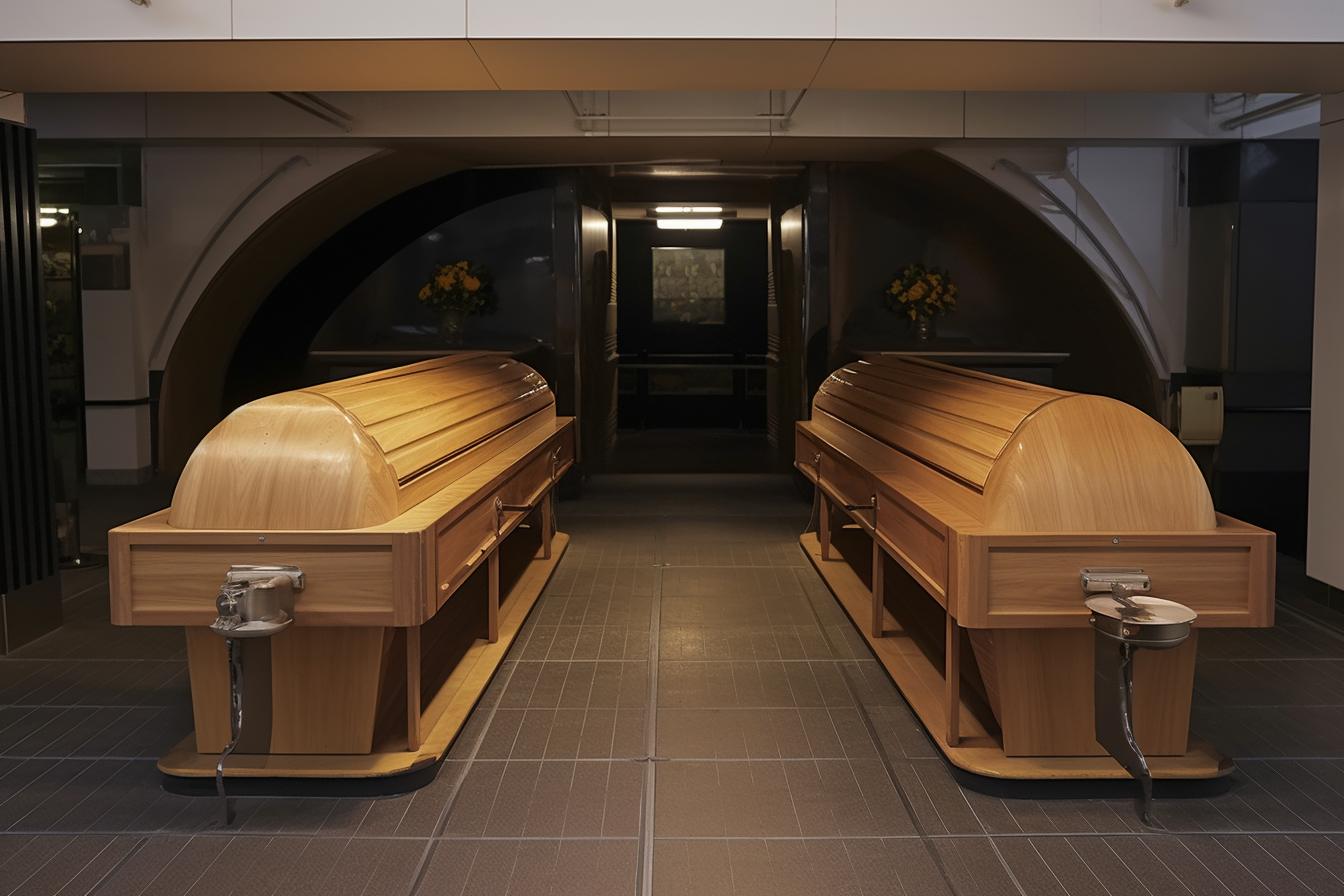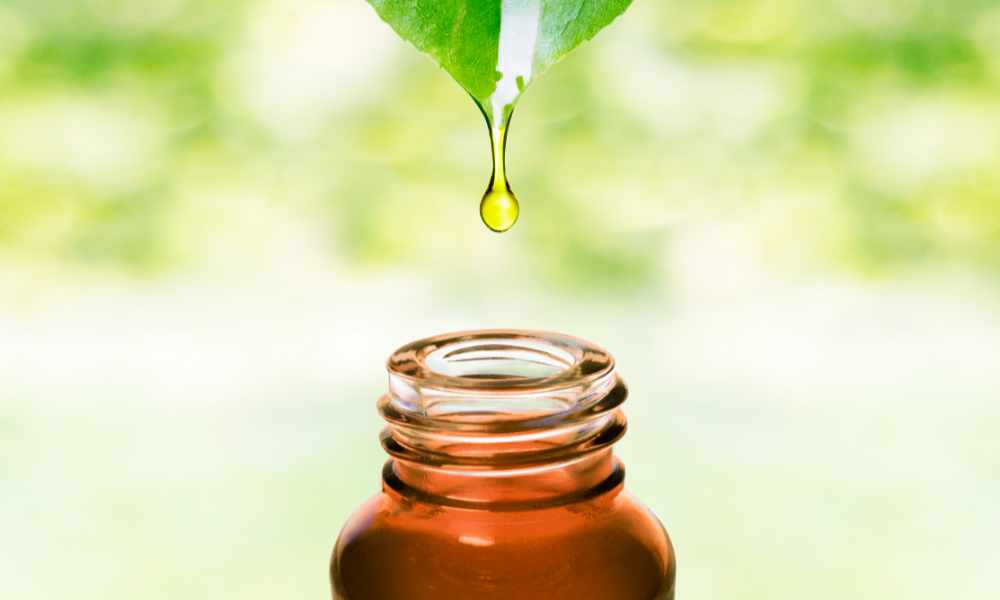Direct Cremation Expenses in Australia 2025: Budget-Friendly Choices and Money-Saving Advice
In 2025, direct cremation in Australia generally costs much less than traditional burial. This article outlines typical price ranges, what is usually included, regional variations, and practical tips to help families reduce cremation-related expenses and plan respectfully and affordably.

Direct cremation has emerged as an increasingly popular choice for Australian families seeking a respectful yet economical approach to end-of-life arrangements. This option provides essential services without the elaborate ceremonies and viewing arrangements that typically accompany traditional funerals. As we move through 2025, understanding the financial aspects of direct cremation becomes crucial for families planning ahead or facing immediate decisions during challenging times.
What Is Direct Cremation and Why Is It More Cost-Effective?
Direct cremation involves the cremation of the deceased shortly after death, without a formal viewing, visitation, or funeral ceremony beforehand. The body is transported directly from the place of death to the crematorium, where the cremation takes place in a simple container. Families receive the ashes afterward and can choose to hold a memorial service at their convenience. This approach significantly reduces costs by eliminating embalming, expensive caskets, venue hire, and professional ceremony coordination. The simplicity of direct cremation removes many traditional funeral expenses while still treating the deceased with dignity and respect. Families retain complete flexibility to organize personalized memorial gatherings later, often in meaningful locations that hold special significance.
Usual Direct Cremation Costs in Australia for 2025
Direct cremation costs in Australia vary depending on location, service provider, and specific requirements. Metropolitan areas generally see higher prices than regional centers, though competition among providers has helped moderate costs in recent years. Based on current market research, families can expect to pay between $1,800 and $3,500 for basic direct cremation services across Australia. Major cities like Sydney and Melbourne typically fall toward the higher end of this range, while regional areas may offer more competitive pricing. Some providers advertise packages starting from $1,500, though these often include only the most essential services. Premium providers offering additional support services may charge upward of $4,000. These figures represent the core cremation service and may not include all associated costs.
| Provider Type | Service Level | Cost Estimation |
|---|---|---|
| Budget Online Provider | Basic direct cremation package | $1,500 - $2,200 |
| Traditional Funeral Home | Standard direct cremation | $2,500 - $3,500 |
| Premium Service Provider | Enhanced direct cremation with support | $3,200 - $4,500 |
| Regional Crematorium | Direct service in rural areas | $1,800 - $2,800 |
Prices, rates, or cost estimates mentioned in this article are based on the latest available information but may change over time. Independent research is advised before making financial decisions.
What Is Generally Included in Direct Cremation Fees?
Most direct cremation packages include several essential services bundled into the advertised price. Transportation of the deceased from the place of death to the crematorium forms a fundamental component, typically covering distances within a specified radius. The cremation process itself, including the use of a basic cremation container or cardboard coffin, is always included. Professional fees for arranging necessary documentation, including death certificates and cremation permits, are standard in most packages. Temporary storage of the deceased before cremation, usually for a limited period, is generally covered. The return of ashes to the family in a basic urn or container is included, though families can upgrade to more decorative options. Some providers also include basic administrative support and guidance through legal requirements. However, the scope of included services varies between providers, making careful comparison essential.
Additional Charges and Optional Extras to Consider
Beyond the base package, several potential additional costs may arise during the direct cremation process. Doctor fees for completing medical certificates of cause of death typically range from $150 to $300 and are not usually included in cremation packages. Extended storage fees may apply if cremation cannot occur within the standard timeframe, often costing $50 to $100 per day. Families choosing upgraded urns or keepsake jewelry for ashes should budget an additional $100 to $500 depending on materials and design. Death certificate copies beyond the initial issue cost approximately $50 each. If the deceased is located outside the standard service area, extended transportation fees may apply, potentially adding $200 to $600. Some families opt for witnessed cremations, where loved ones can be present, which may incur an extra charge of $200 to $400. Memorial products such as books, candles, or photo displays represent further optional expenses. Understanding these potential extras helps families budget accurately and avoid unexpected costs during an already stressful time.
Comparing Direct Cremation Costs with Traditional Burial Expenses
The cost difference between direct cremation and traditional burial services in Australia is substantial. Traditional funerals with burial typically range from $8,000 to $15,000, incorporating professional services, embalming, viewing facilities, ceremonial arrangements, and casket costs. Burial plots in metropolitan cemeteries alone can cost between $3,000 and $12,000, with perpetual maintenance fees adding ongoing expenses. Headstones and memorials represent another significant investment, often ranging from $2,000 to $8,000. Traditional funeral services also include venue hire, floral arrangements, printed materials, and catering, each adding hundreds to thousands of dollars. In contrast, direct cremation eliminates most of these expenses, offering savings of $5,000 to $12,000 compared to traditional burial. These savings allow families to allocate resources toward other priorities, such as paying down debts, supporting surviving family members, or creating meaningful memorial experiences. While cost should not be the only consideration in end-of-life planning, direct cremation provides a dignified option that significantly reduces financial burden without compromising respect for the deceased.
Direct cremation continues to gain acceptance across Australia as families recognize its practical and financial advantages. By understanding the typical costs, included services, potential extras, and how these expenses compare to traditional alternatives, families can make informed decisions that honor their loved ones while managing their financial responsibilities. Whether planning ahead or responding to immediate needs, direct cremation offers a respectful, affordable pathway through one of life’s most challenging transitions.




